
TLDR: If you’re interested in learning more about our AI training, adoption, and innovation for companies, contact us. Was this newsletter forwarded to you? Sign up to get it in your inbox.
We didn’t set out to start a consulting business. As it turns out, that may have been the best way to get started.
We were deep in the weeds ourselves building AI products like Cora, Sparkle, and Spiral to solve our own problems; running experiments like the podcast format "TL;DR", an interactive form called Freeform, and reading tool Kairos; figuring out how AI and our editorial content overlaps; and sharing what we learned publicly as fast as the space was shifting. Every became a product studio where we built for ourselves first; a discovery lab where we uncovered unexpected workflows and edge cases, and a field journal where we documented what worked, what didn’t, and what that might mean for others.
That’s when the emails started coming in. Not just “You make a great product” emails—but “Can you help us?” emails. SOS signals from inside organizations, with constraints and mandates that went something like: Start using AI. Make it real. Show results.
Almost every company that reached out to us said they had an “AI committee” or an “AI red team,” but they had no adoption or progress to show for it. They were spending all their time coming up with a plan for how to adopt AI but didn’t adopt it. They were vetting 200 vertical-specific tools—Claude, ChatGPT, Gemini, Hebbia, Glean, Julius, Alpha Sense, Exa, Box AI, and so on—and were paralyzed by choice and hype. What they needed was a partner who could help them get moving without getting bogged down in months of strategy meetings and stalled momentum.
So we said yes to a few projects. The first was with a private equity firm we knew well, which created an atmosphere of trust and gave us a chance to learn in the open. The second was with a 1,000-person law firm tackling a document review bottleneck. Jumping between them gave us whiplash—and the beginning of a tough but necessary lesson (see lesson 3).
Before long, we were helping product teams, operators, and senior leaders across finance, media, and tech deploy custom tools, design workflows, and train teams to use AI—not just talk about it.
Less than a year later, we’ve built a seven-figure AI consulting business. In doing so, we’ve seen what actually works when you’re trying to bring AI into real workflows, across real teams, under real constraints.
Whether you're building your own AI consultancy or looking to lead adoption inside a company, these four patterns helped us (and our clients) get traction faster, with less friction.
Thanks to our sponsor: Microsoft
Get more done with less
We’re all busy building—launching startups, side ventures, personal projects. But using multiple tools can complicate things. That’s why we use Microsoft Teams Free, which combines some of our most important collaboration needs—video, chat, file-sharing—in one place, for free. We’re getting more done now with way less.
Lesson 1: Be a practitioner, not a management consultant
If you want to lead in AI, build first. There’s never been a better time.
Practitioners see what frameworks miss. You learn how a tool works, where it breaks, how people use it, and what makes it stick. That firsthand experience is your best diagnostic tool. It helps you move faster, explain more clearly, and spot what matters before the spec sheet tells you.
At Every, we started with problems we needed to solve for ourselves. We reluctantly spent all day in Google Docs, so we built an AI word processor called Lex, which we spun out into its own company. Our team was drowning in repackaging essays and podcasts for distribution, so we built Spiral to turn long-form pieces into short-form content. We were constantly distracted by our unorganized digital folders and desktops, so we built Sparkle to organize your computer for you. And most recently, we felt that email needed a complete reinvention, so we built Cora to fix it.
Throughout all of this building, we wrote about our experiments and learnings—in our essays, on social media, and internally in our subscriber-only Discord. Prospective clients saw our thinking before they ever got on a call. They saw the process, the false starts, and the evolution. That created trust faster than any pitch deck could.
If you’re serious about helping others adopt AI, this combination—practitioner experience plus public learning—delivers strategic leverage. It helps you:
- Attract new business by showing, not selling. Public experiments do the heavy lifting. By the time someone reaches out, they’ve already seen how you work.
- Understand business problems first. Tools matter, but only in context. Practitioners see the hidden constraints that make or break adoption.
- Stay close to the edge. Building with new tools—then writing about the results—keeps your thinking current and your insights useful.
Lesson 2: The shift to AI is cultural, not (entirely) technical
We assumed the hardest part of adopting AI would be technical. Until now, software has been deterministic: You click X, and Y happens. But AI is non-deterministic. You need to manage it, not just use it. As a result, the real blockers to AI adoption are cultural.
Imagine a marketer who has one hour to write a campaign brief. They can either use that hour to do it the way they always have—manually, with help from templates and a tried-and-true process. Or they can take a risk: Spend that hour experimenting with a tool like ChatGPT, hoping it helps but worrying it might not. Most choose the first option—not because they’re uninterested in AI, but because their job is to produce results, not to experiment. When time is tight and expectations are high, reliability wins. Ironically, a prompt written and refined today could lay the groundwork for a faster process tomorrow, but in the moment, it’s scary to trade certainty for potential.
AI adoption doesn't happen just because a tool is available. It happens when teams have the space, the support, and the cultural permission to try something new. Play, believe it or not, is the greatest unlock for AI adoption. Here’s what we’ve seen work:
- Model curiosity from the top. When leadership teams are publicly building prompts, experimenting with tools, and asking open-ended questions about how a team might use AI, it creates permission across the organization. A curious executive sends a stronger signal than any mandate.
- Create dedicated time to explore. We run one-hour training sessions focused on the principles needed to work with AI, taught through automating the daily tasks of an individual department: red-lining NDAs or completing compliance reviews for a legal team, analyzing P&Ls and creating action plans for a private equity deal team, invoice reconciliation and predicting late payments for an accounting department, doing automated research and follow-up email drafting for a sales organization. Opening up this time to play, with guidance from us, shifts AI from an abstract future to a present-tense tool.
- Lower the activation energy. We begin sessions with pre-built prompts and custom GPTs designed to automate common tasks, so teams aren’t starting from scratch—they’re starting from 80 percent. When people see how a well-designed prompt works, they’re far more likely to build their own.
- Normalize sharing what works. In every organization, a few “AI superusers” will figure out new workflows quickly, but those insights often stay siloed. We recommend setting up shared channels for prompt templates, ideas, and even failures.
The biggest discoveries come from consistent experimentation, shared momentum, and leadership that treats curiosity like a competitive advantage. If you want AI to take root, start there.
Lesson 3: Specialize relentlessly
In AI consulting, the riskiest projects are the ones that sound like good opportunities—but aren’t.
Most prospective clients don’t come to you with a tight scope. They come with a big dream:
- “We want a tool that processes all our emails, Slack messages, and documents so we can ask it anything.”
- “We want to automate all our support channels across Slack, email, and phone calls.”
- “We want a recruiting tool that finds all good candidates on LinkedIn, does outreach to them, and closes them.”
When a technology is new, the line between vision and distraction is easy to miss. If you say yes to everything that sounds promising, you’ll end up chasing novelty, diluting your expertise, and losing time on one-off projects that have no defined scope and never scale. We learned that the hard way.
Early on, a global nonprofit approached us about designing a custom AI tool to support their research workflows. They had the budget. They had urgency. The request was clear enough for us to sketch out. But it wasn’t the kind of work we wanted to do. The use case was too niche. The scope was too diffuse. The requirement was a big, sprawling product that we weren’t excited about. And the results, even if they were positive, wouldn’t teach us anything we could reuse. So we walked away.
Saying no felt risky at the time. But it protected the focus that let us grow fast later.
The best AI consulting engagements have two things in common: a clear use case and a clear framework for how we’re going to help (see lesson 4). That’s why we’ve committed to two core services:
- AI adoption: We’ll help companies go from a few curious users to 60 percent-plus power users, using AI multiple times a day, every day of the week, both for non-technical and technical teams. Clients walk away with countless tools we’ve pre-built for them and the know-how, excitement, and curiosity to go build more themselves.
- AI innovation: We’ll imagine what a modern competitor to your business looks like and prototype its approach. Your team will have the ability to scale our prototypes because of our AI adoption work with product and engineering teams, and the insights to make sure they are building what their customers want. The best way to build a moat is to disrupt yourself with the confidence and speed to do so before anyone else does.
These constraints force clarity. They improve scoping. They help clients determine if they’re a good fit for us. And they let us continuously refine tools, templates, and patterns across projects, rather than reinventing the process every time.
Specialization also guards against the biggest credibility risk: becoming the consultant that says yes to everything but owns nothing. The novelty of AI means that people often want you to build things they’ve seen in headlines. But unless you want to become someone’s in-house AI toy factory, you have to create clear boundaries. The tighter your focus, the better your outcomes, and the more room you have to do what matters: building enduring capability inside the organizations you work with.
Lesson 4: Build capability, not dependency
When we were starting out, a client asked us to write a batch of AI prompts their marketing team could use to generate email copy. It would’ve been easy to deliver exactly that, and we nearly did.
But halfway through the project, it became clear that sending a finished prompt bank wasn’t the most valuable thing we could do. While the team could use the prompts, they wouldn’t understand how to adapt them, or how to think about what made one prompt better than another. If the use case changed, they’d be back at square one.
So we shifted our approach. We paused our work and rebuilt the engagement around hands-on working sessions. We walked the team through how the prompts were designed, why they worked, and how to tweak them for different scenarios. By the end of the project, they weren’t just using the tools—they were building their own.
This has become a foundational principle in our work: Teaching your clients how to build with AI is more valuable than building for them. Here’s why:
- The barrier to experimentation is lower than ever. Once people know what’s possible, they can move fast—especially with GPTs, copilots, and low-code tools making custom workflows accessible to non-technical teams.
- The bottleneck is understanding, not access. Most teams don’t need a full developer shop. They need confidence. Showing them how to experiment lowers the barrier to innovation, helping teams more quickly discover what AI functionality they can implement in a scalable way.
- The payoff is compounding. When a team learns how to build their own AI solutions, their capability grows over time. They don’t need to wait for the next session with your consultancy to solve the next problem.
That’s not to say there’s no role for hands-on implementation. But in our experience, the highest-leverage work isn’t delivering a fully packaged solution. It’s fostering internal champions who can carry the work forward themselves.
If you’re trying to build a sustainable consulting business or drive AI adoption inside your company—optimize for enablement over dependency.
Make yourself useful—then make yourself obsolete
AI consulting feels like the early days of web development: huge opportunity, minimal clarity, and everyone sprinting ahead without a map.
But the fundamentals of good consulting haven’t changed: Solve real problems. Share what you learn. Stay focused. And whenever possible, teach people how to do it themselves.
That’s been our playbook—refined through projects that didn’t go as planned, prompts that didn’t work the first time, and plenty of conversations where the real blocker turned out to be culture, not code. We’ve made our fair share of mistakes. But each one helped us sharpen the way we work, and the way we help others do the same.
If you're building a consultancy or trying to bring AI into your organization, you don’t need to have all the answers. You just need to be engaged in the work, be honest about what’s working, and keep helping others cross the bridge behind you.
We’re still figuring it out, but this much we know: The future belongs to the people who build, share, and invite others to do the same.
If you’re interested in learning more about our AI training, adoption, and innovation for companies, contact us to explore how we can bring AI into your organization.
Thanks to Katie Parrott for editorial support.
Brandon Gell is the head of Studio and consulting at Every. You can follow him on X at @bran_don_gell and on LinkedIn, and Every on X at @every and on LinkedIn.
We build AI tools for readers like you. Automate repeat writing with Spiral. Organize files automatically with Sparkle. Write something great with Lex. Deliver yourself from email with Cora.
Get paid for sharing Every with your friends. Join our referral program.
The Only Subscription
You Need to
Stay at the
Edge of AI
The essential toolkit for those shaping the future
"This might be the best value you
can get from an AI subscription."
- Jay S.
Join 100,000+ leaders, builders, and innovators

Email address
Already have an account? Sign in
What is included in a subscription?
Daily insights from AI pioneers + early access to powerful AI tools
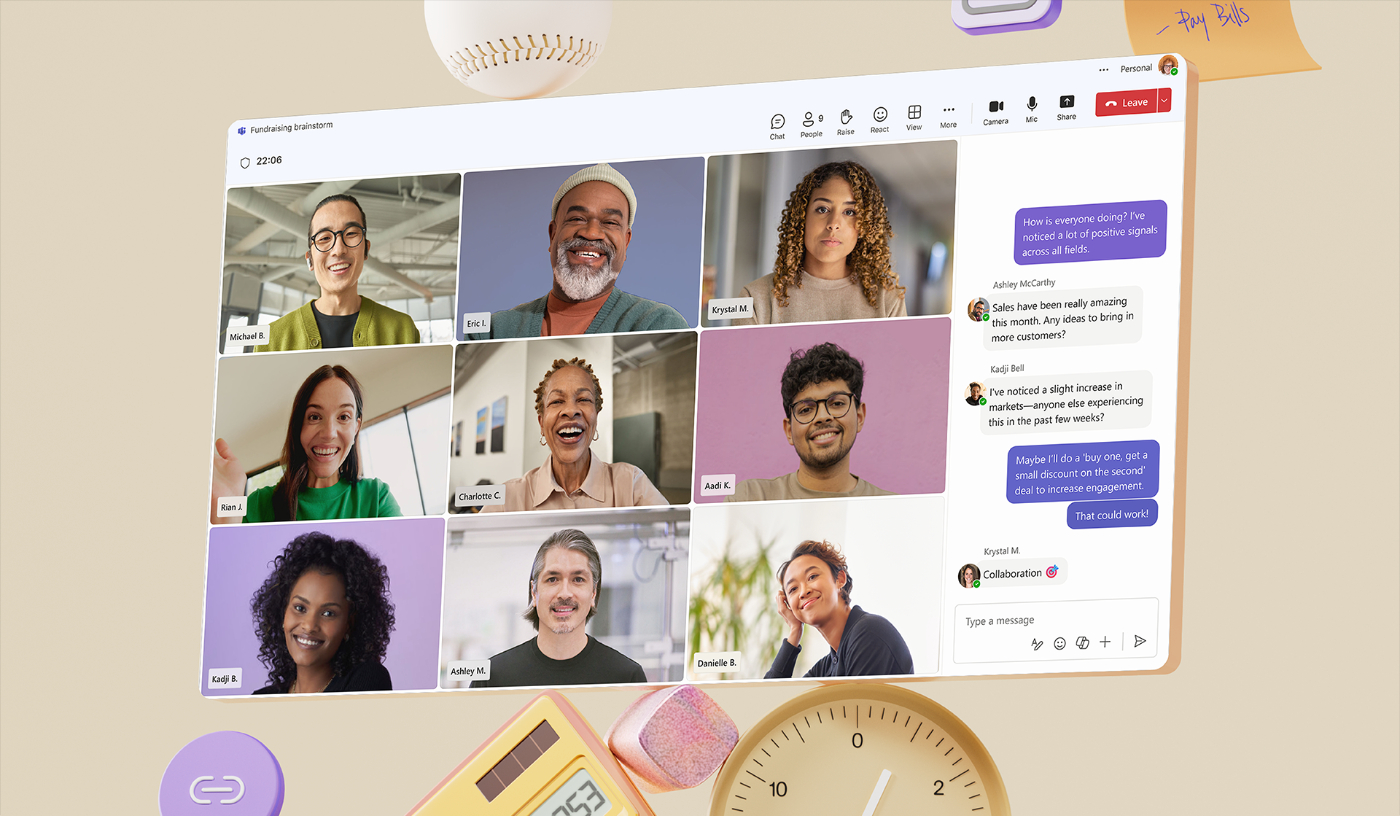
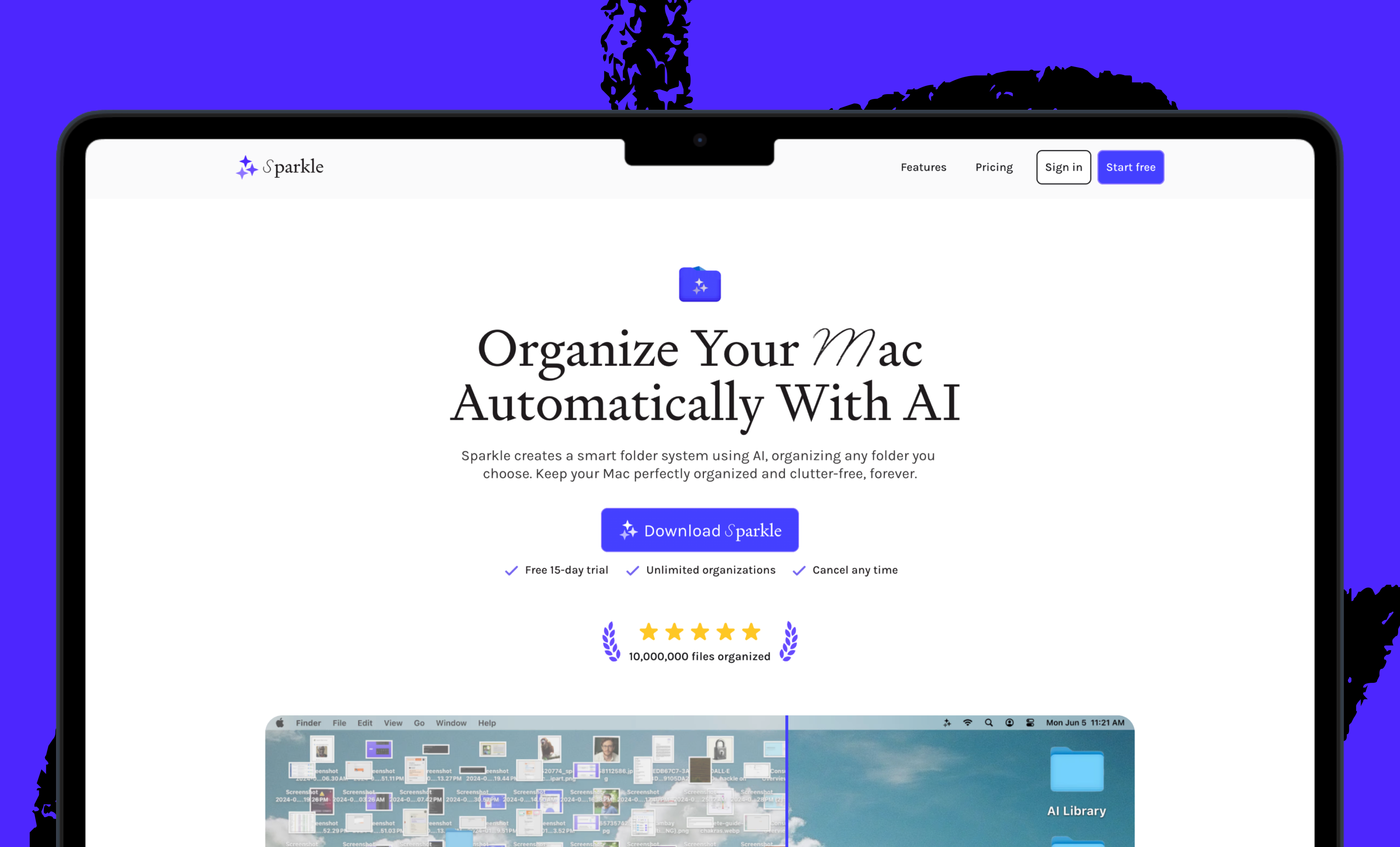
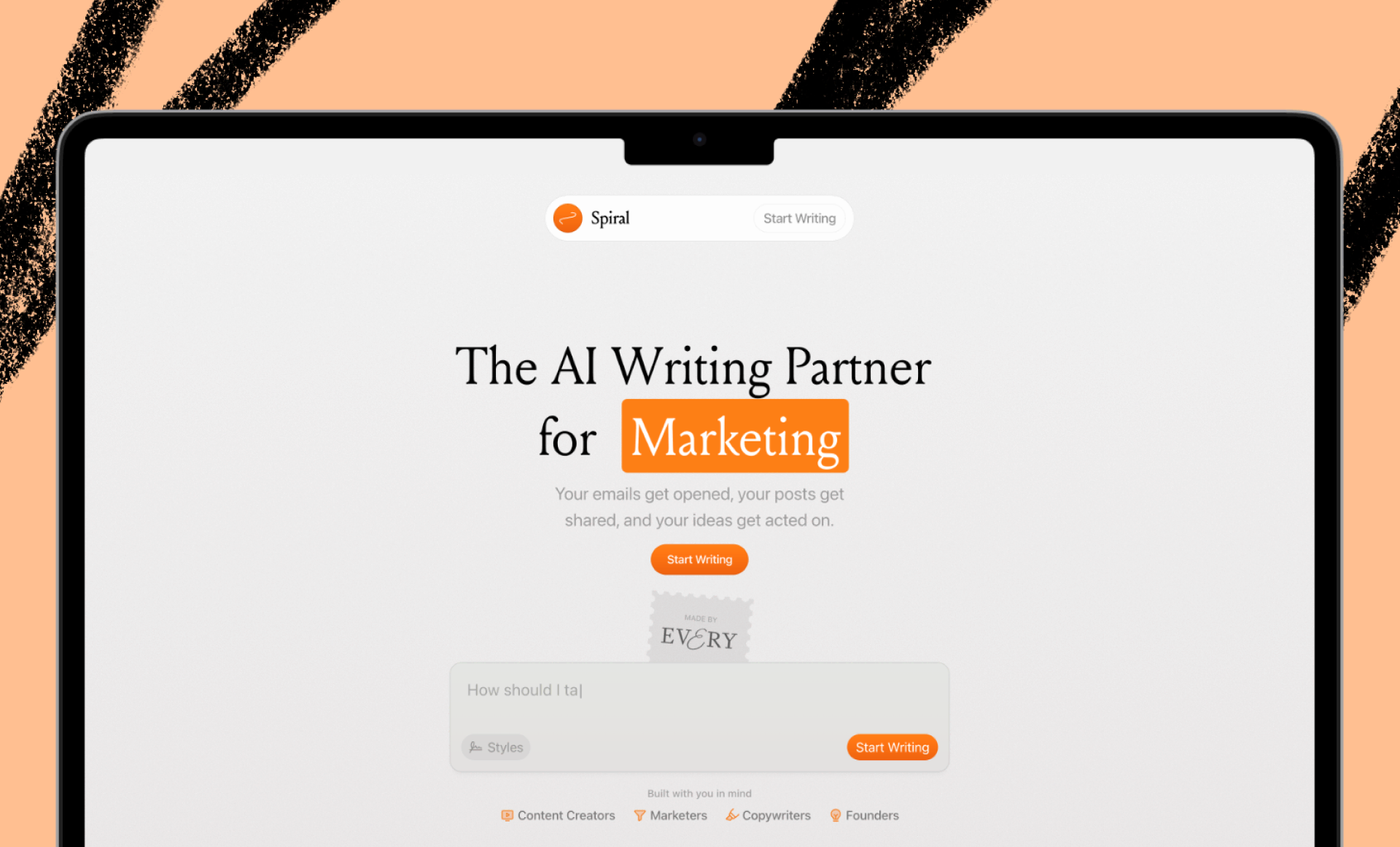


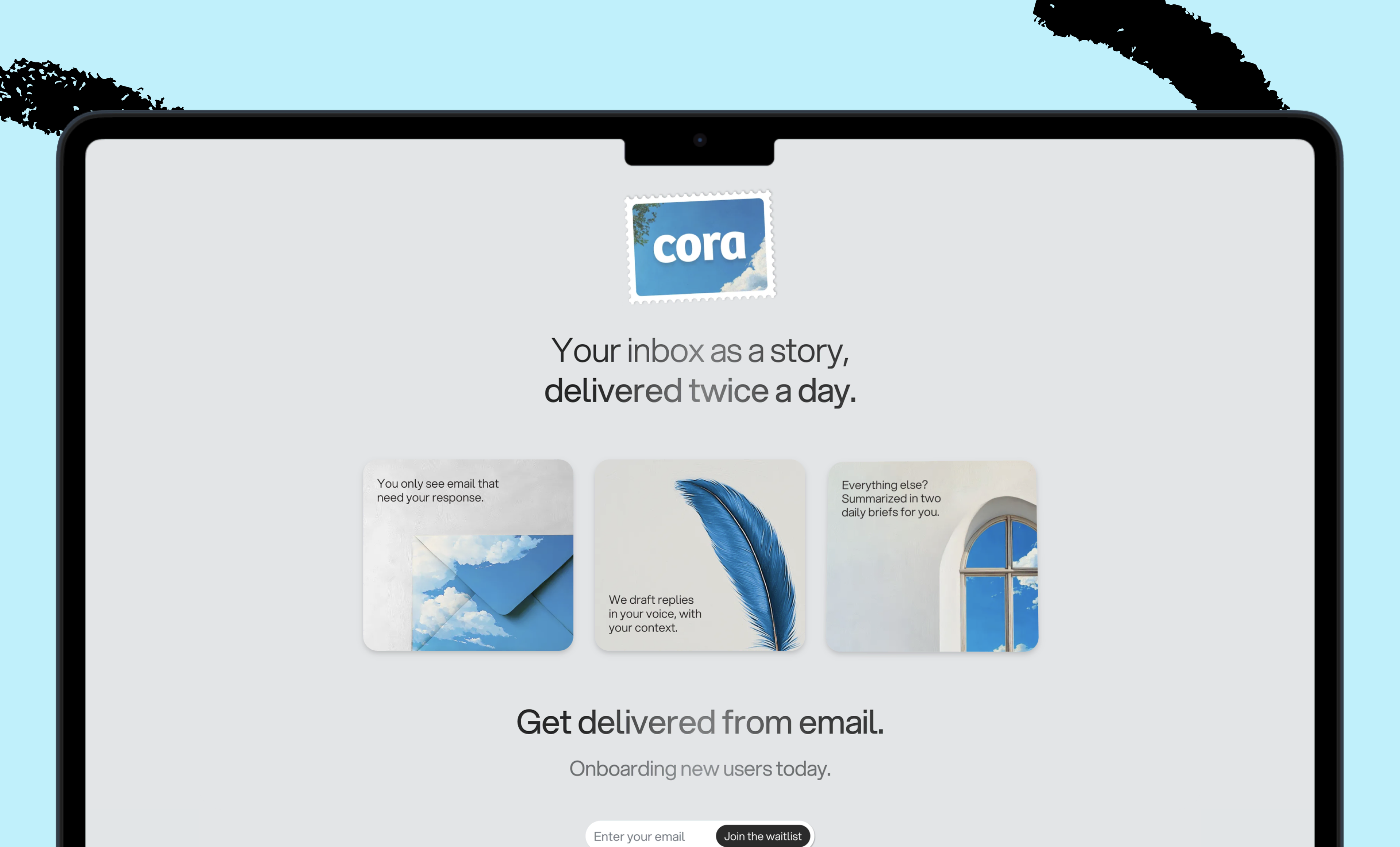
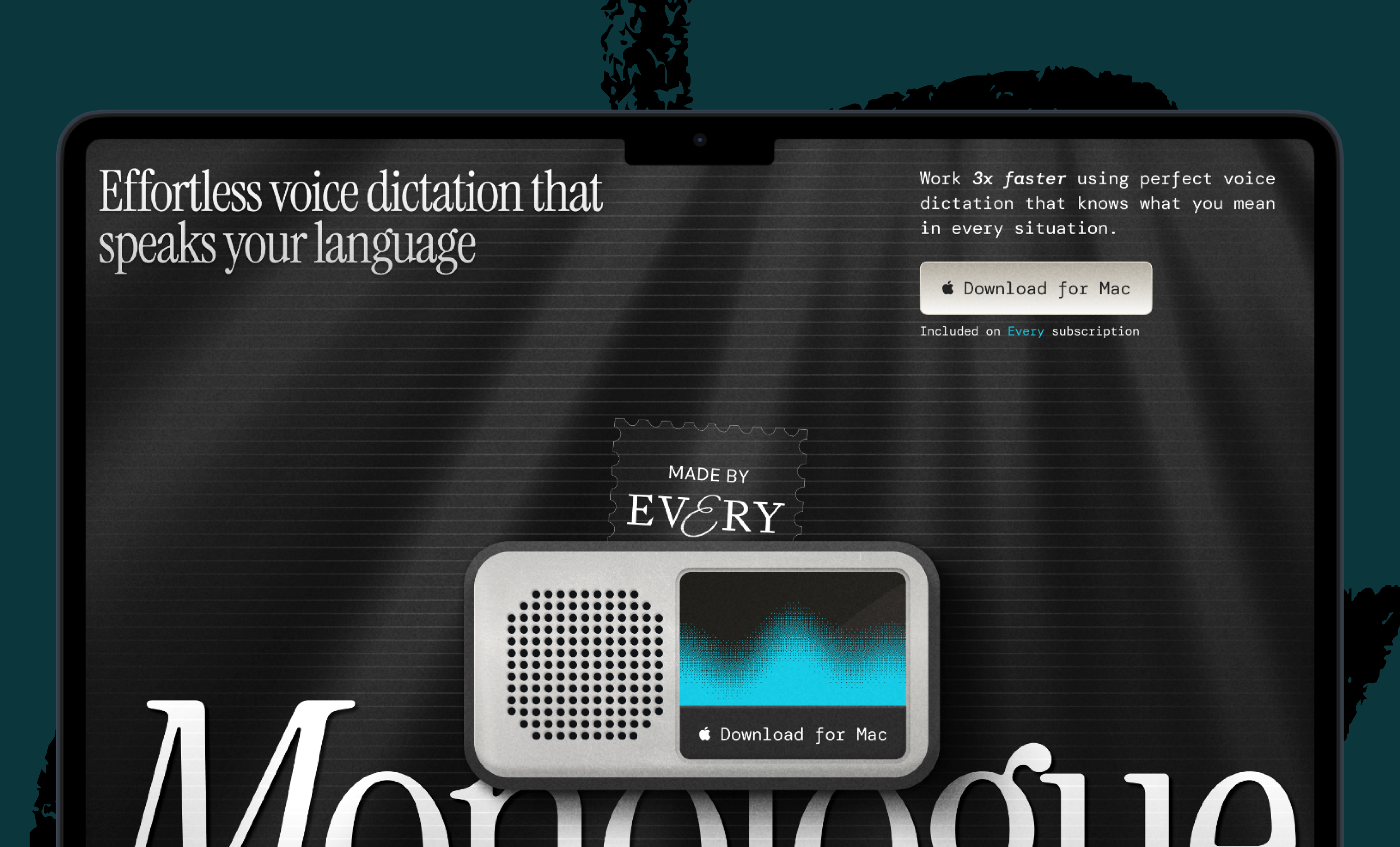
Comments
Don't have an account? Sign up!
Your transparency and sharing is so unique and this article really makes me understand why everything you do works so well. Great thinking and incredible application of it too. This inspired me a lot.